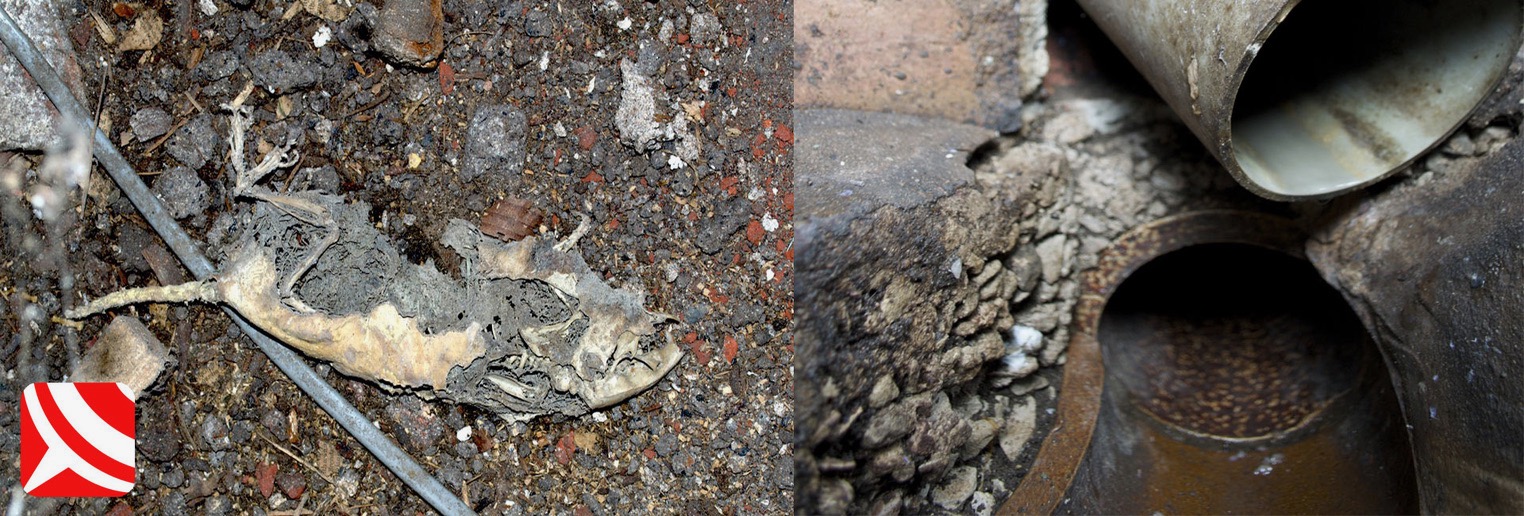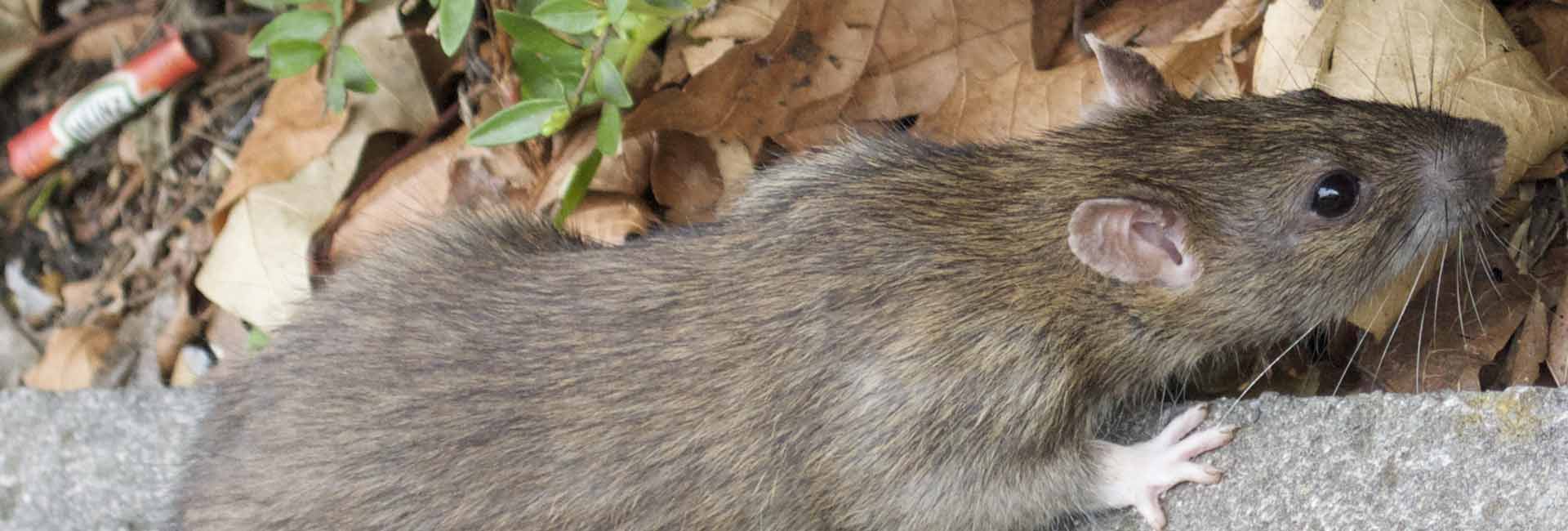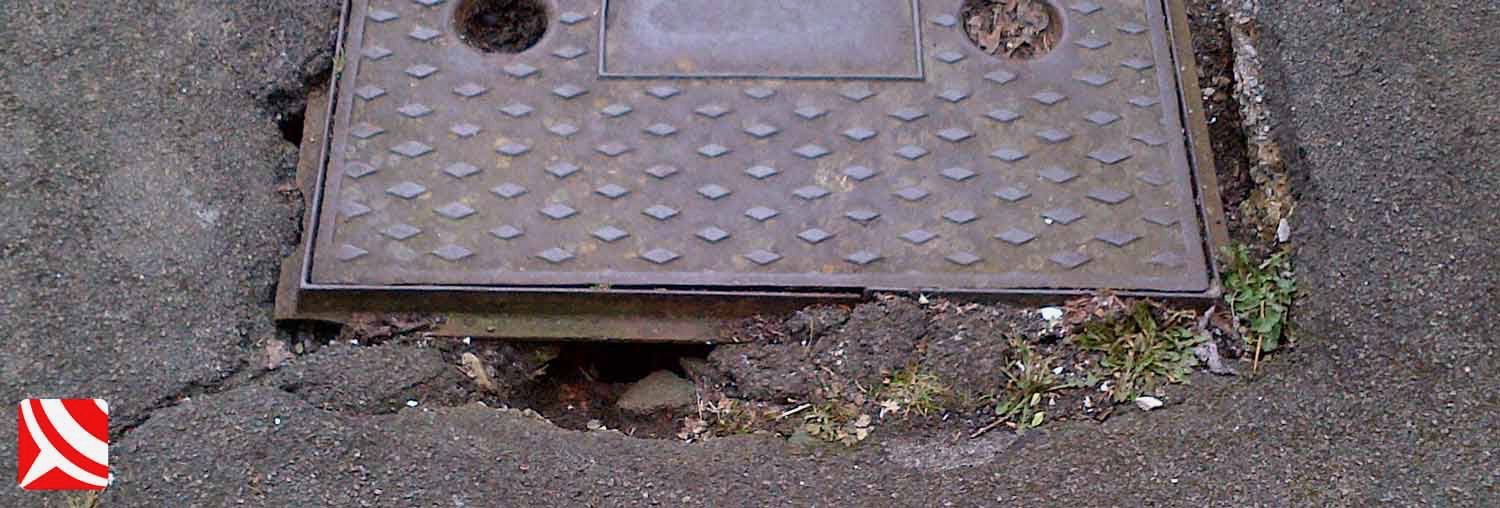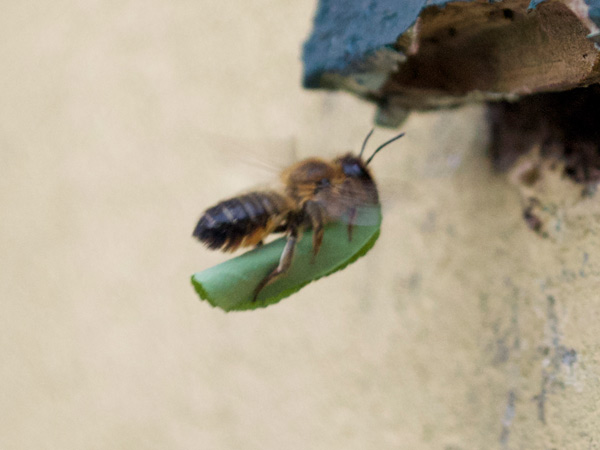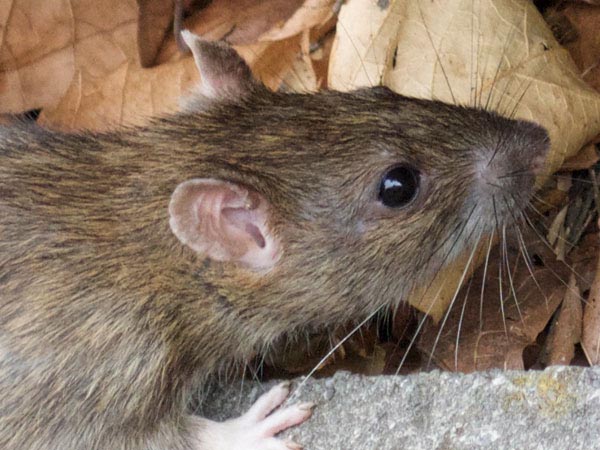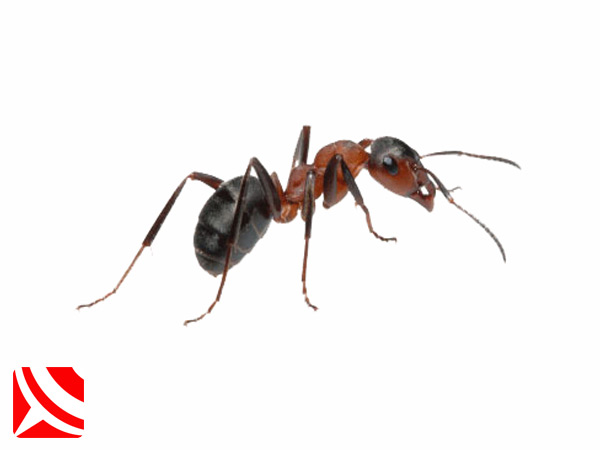Rat Control Advice
Rat Control Done Differently!
We "SOLVE" and avoid the traditional cycle of Bait - Stink - Flies - Repeat! Customers across Bristol and beyond are now enjoying the tranquillity of a rodent free home because we check everything.
"UNIQUE INSPECTIONS". Drains, wall cavities, roof voids, cellars and Kitchens are all considered in our unique inspection process.
Everything we do focusses on solving your rat problem and not just treating it. Better still, in some cases the solution is free!
Rats - The Facts - The Truth - The Answers
What Diseases Do Rats Transmit?
Rat-borne diseases and parasites represent a significant public health threat. Those Most At-Risk Include Children, Pregnant Women, The Elderly and people Convalescing.
> Salmonella - Severe and sometimes fatal food poisoning.
> Tularemia - If bitten by a rat this bacteria can attack your immune system and lungs.
> Leptospirosis - Weil's disease - a notifiable disease, leading to multi-organ failure and death.
> E.coli 0157 - This frightening disease from rat faeces causes renal failure and intestinal bleeding.
> Lymphocytic Choriomeningitis - Viral Meningitis that starts off innocently like the flue.
> Plague - Very rare in this country, but still reported.
How Rats Spread Diseases And Parasites

The Most Common Routes Of Disease Transmission Include:
> Biting - you, your children, family, pets or livestock
> Urine & Droppings - Infecting groceries and work surfaces with urine and over 30 droppings each per night
> Being eaten - by your pets
> Contaminating - pets and your pets food and water
> Spreading - blood sucking parasites like fleas and mites
> Contaminating - particlarly when they fall into water supply tanks
What Do Brown Rats Look Like?
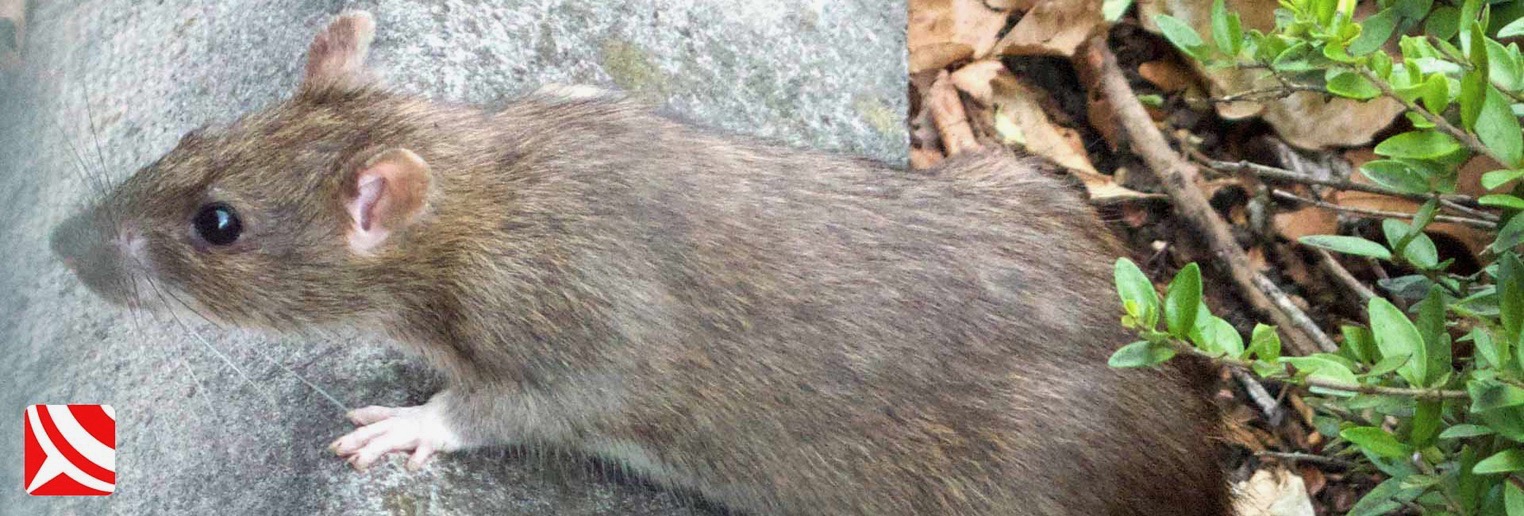
Key Features Of The Common Brown Rat (Rattus norvegicus):
Diseases Include: Bubonic Plague, Typhus and Weil's Disease.
Life Span: 1 - 2 Years
Length (body only): 15 - 25 cm (body only) - up to 45cm including tail
Weight: over 500g when mature
Colour: brown, charcoal
Sexual Maturity: 4 - 6 Weeks
Gestation Period: 21 days
Number of litters: 8 per year
Number of young: 6 - 12 per litter
Diet: They are Omnivores, feeding on almost anything.
Daily food: 25 - 50g
Daily water intake: 100ml per 100g
Where Do Rats Come From?
Research suggests that Brown Rats in the UK originated in northern China over a million years ago. These rats also developed a relationship with human populations, a relationship that has endured for millennia.
The Introduction into the UK is believed to have occurred via ships from the far east in the 1600's, but this is difficult to substantiate. Today brown rats are found in almost every corner of the globe except the Arctic and Antarctic regions.
How to get Rid of Rats?
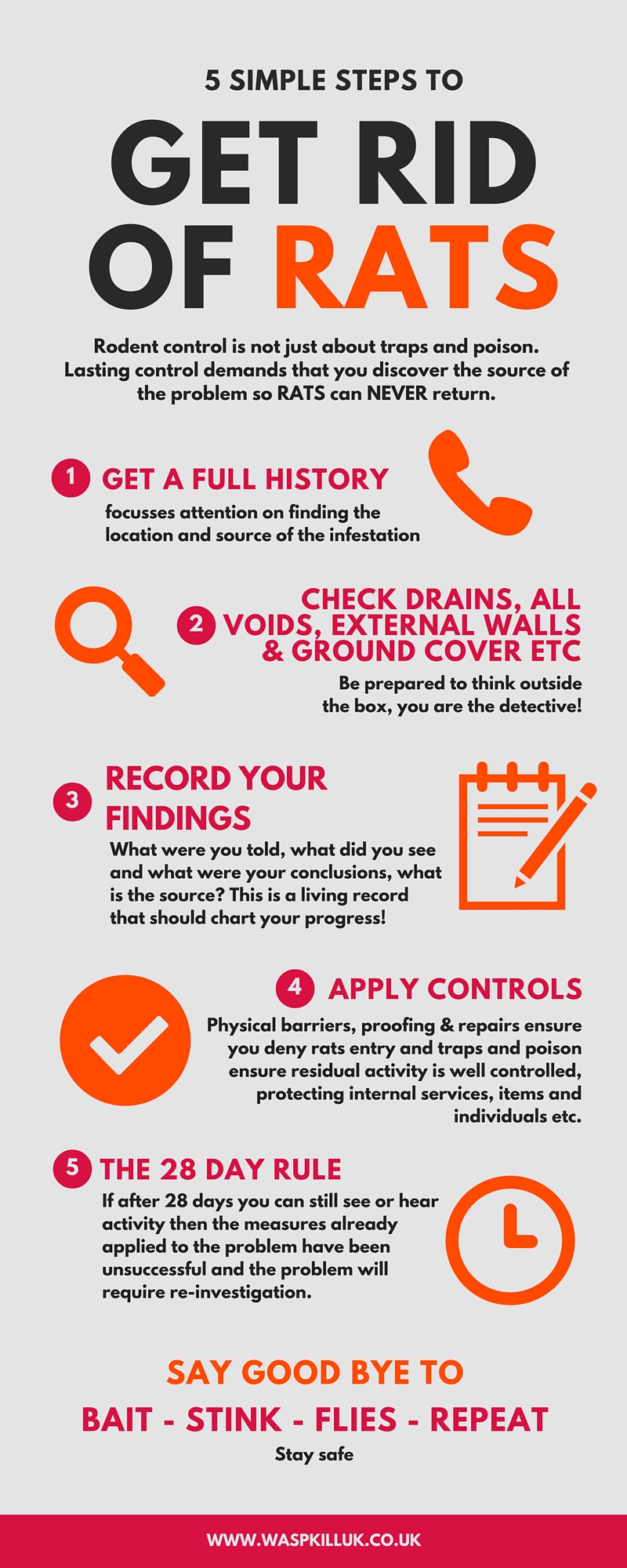
Rats are controlled and eliminated in two ways. The first and most traditional method is to manage populations with lethal control. The second and least popular method is exclusion and environmental control. So what's the difference?
The most popular methods of lethal control include Trapping (cages, snap-traps, glue boards), Poisoning (bait, liquid feeds, contact poisons), Shooting (air-weapon, fire-arms, shot-gun).
The best methods of environmental control include Proofing/Exclusion (preventing rats entering an area) or Line of sight (ensuring all sources of cover, concealment and encourage are eliminated).
Successful control demands that a variety of these methods are married together. Only by using a combined and integrated methodology will it be possible to control rats successfully in the longer term.
Why Rat Poison Doesn't Seem to Work
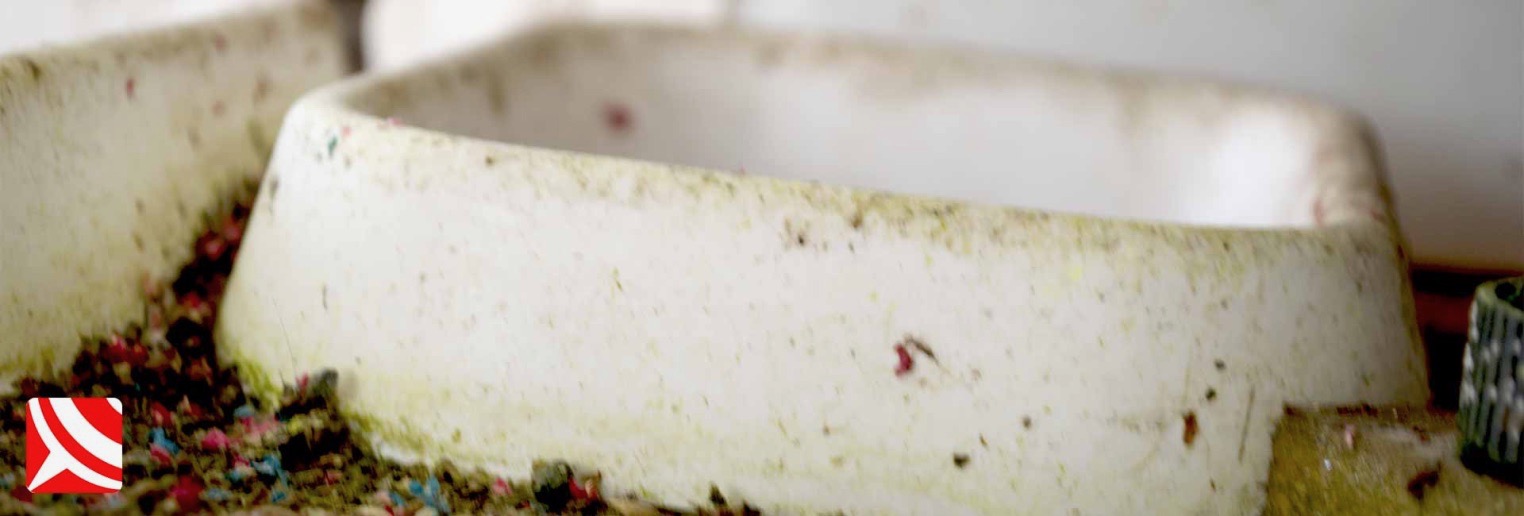
Rat poison is the most widely used form of lethal control in the UK because that is what the councils provide and what 98% of pest controllers will offer you as a solution.
poison baits has some significant limitations - namely; it's outdated and used only because it is quick and cheap to deploy and in most cases will have customers coming back in a few months for more of the same. Guaranteed money? You decide!
Yes it sounds crazy but seriously - rats don't just parachute in or appear out of the blue. Rats are smart animals that use our homes for a few key reasons - food, shelter and water.
If we only use bait as a solution, you are never actually tackling the source of the problem and this is bad news for you, your wallet and your home!
How is Our System of Rat Control Different?

At WaspKill UK we do things differently. First, we strive to identify the source of the problem before doing anything else and use bait only if needed. After all, if we solve the problem at the source, you won't always have any rats to remove, right? Not always.
When you create physical barriers in the form of structural proofing and drain repairs, you can sometimes inadvertently trap rats in your property with no way to escape.
In these circumstances, we use traps to destroy and quickly remove dead rodents rather than relying on bait that can leave stinking, dead rats festering in the corners and cavities of your home with no reliable means of retrieving the.
So this leaves bait as a last resort and not the first option it's always been.
The only time we look to poison as a serious first choice is externally because large populations of rats can often be travelling into and through your outdoor spaces from some distance away. You can almost never exclude rats from outdoor areas.
Although your perception is that the rodents are in your garden, the real locations can be entirly different.
What if Your Neighbours Are The Source?

The fact remains that adjoining properties might not share your proactive stance, and in time the rodent population will return despite all your efforts and investments.
It might be in five minutes or five years, but eventually they will return - and you must be ready for them!
Terraced and semi-detached houses together with flats are some of the hardest to help where the source of the problem is not on or in your property.
Most people will eventually sell their homes and move out quietly without raising concerns or costly and emotionally charged disputes with neighbours that can seriously affect the properties value.
Our research showed that a little over 80% of the properties we visited had rat problems that were present in the properties before purchase.
The scale of this rat epidemic highlights how pervasive this issue has become and how hopeless people feel when the only solutions offered by pest control companies consists of bait and traps!
Eliminating rats can be a complicated task, but commonly the best scenario is to always focus on controlling the rodent population as close to its source as possible.
Drain faults and building faults are by far the most common routes of rat entry into our homes and structural repairs and proofing by experts like ourselves can solve a rat problem for good.
Rat poison and rat trapping have their place, but repairs and proofing are always preferable, because they solve the problem and don't just subdue it for a few weeks or months.
How Do You Identify A Rat Burrow?
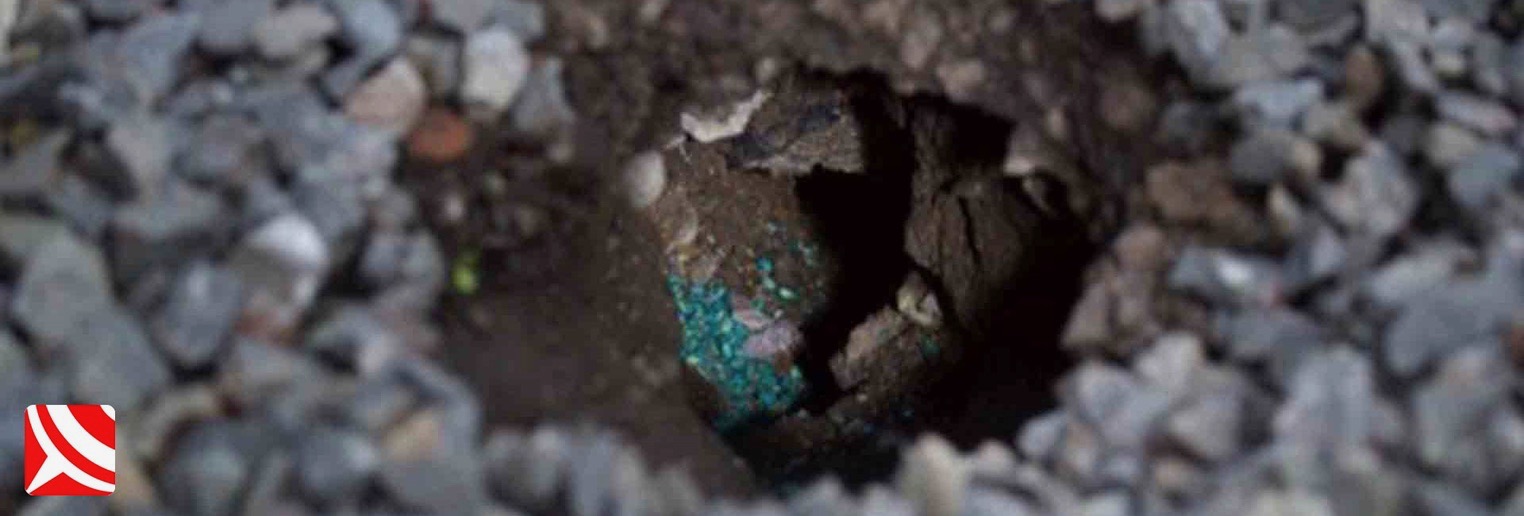
Rat holes or burrows are very distinctive. They are usually about 50-100mm in diameter, and those that are in regular use will have a very smooth and rounded edges at the entry point.
If the rats have burrowed up, then the hole will have no excavated debris around it and could indicate a possible drain fault below.
If the burrow is surrounded by mounds of excavated debris, then it's more likely that the problem stems from issues above.
How Many Rats Are In My House?
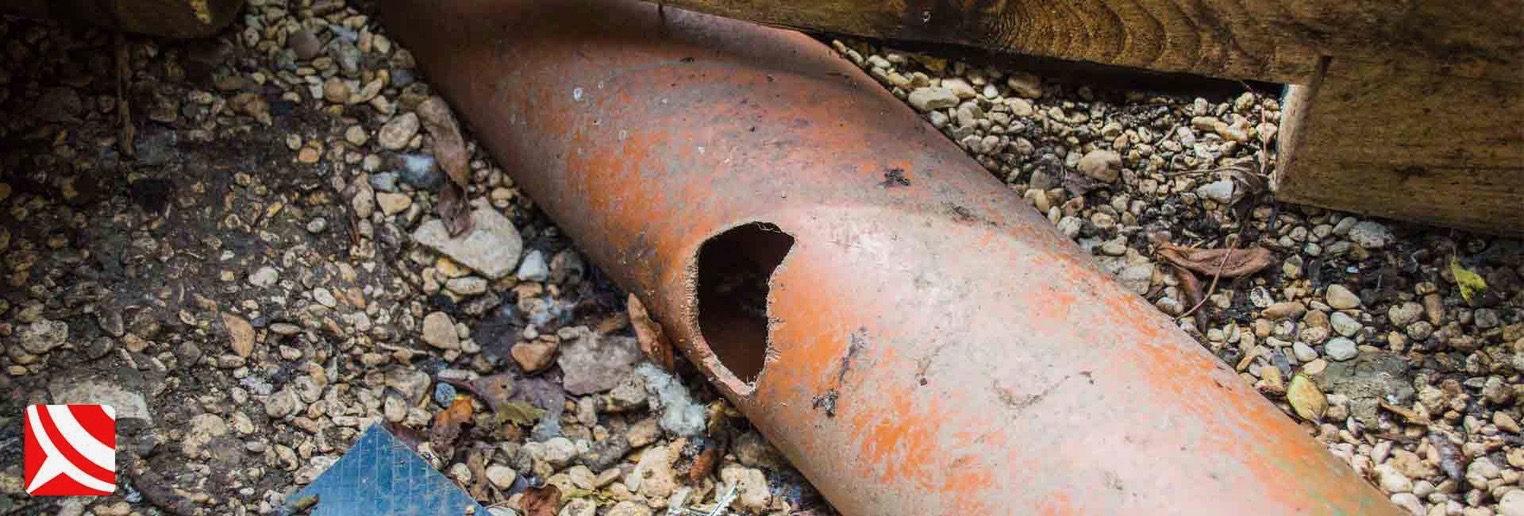
Rats often enter properties through open doors and windows, especially in the summer, and can result in just one rat causing the problems! Bait and traps should deal with this scenario very quickly, but if you keep catching rats or poison keeps going for more than a month, it's likely you have much bigger challenges and costs ahead of you.
The very worst rat infestations can reside in properties for decades and affect many different owners, all of whom will likely leave the property because of the seemingly unsolvable rat problem.
The burning questions are always "how many rats do I have"? and "Where are they coming from"?
Here are some pointers: if you have droppings of different sizes, its more likely you have a large number of rats. If rat bait is taken, but you have no smell, then it's more likely the rats have left the building through a fault in an underground drain or some other gap in the fabric of the building.
The bottom line is that anytime you have free access for rodents to enter the property, they will eventually populate that property and sometimes in high numbers.
What surprises many people is the phenomenon of rats using the wall cavities, underfloor voids and roof spaces as a toilet!
The rats don't often come in to nest but to use the loo, and we removed 25Kg of droppings from under one small kitchen.
We carry out dozens of drain inspections in Bristol each month and find drain faults to be the biggest problem in almost every case, certainly over 90%.
Drain faults are so common and so neglected and overlooked that eight in every ten of our customers inherits a problem that the previous occupants failed to solve. That means you have less than a 20% chance of solving your rat problem without drain remediation!
Rat Control - Case Study 1
Case Study: Rats Under kitchen Counters
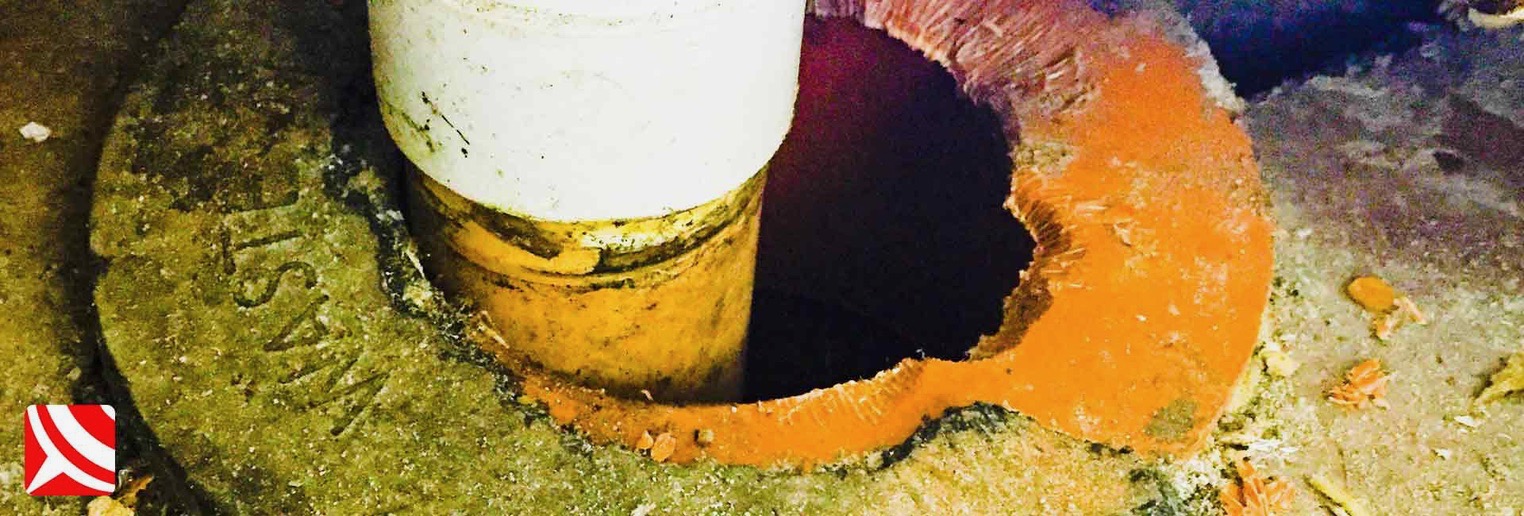
After responding to a restaurant in Bristol, we were asked to identify and isolate the cause of a significant rat invasion.
Rats were running through the kitchen and restaurant, and environmental health officers had just completed an inspection.
As you can imagine the situation was grave, and the owner was distressed and fearing he was about to be shut down.
After a careful inspection, we isolated the rats primary ingress point. The image above is a typical picture for us.
Once rats find their way into a kitchen through a floor gully, they quickly invade every corner of the property, direct from the main sewer!
Entry points like are solved quickly and easily with steel mesh and cement.
The restaurant continues to thrive, rodent free.
The point though is this; They should have called sooner! Restaurant reputations can be destroyed online in a heartbeat!
Rat Control - Case Study 2:
Rats Infesting A Flat Roof
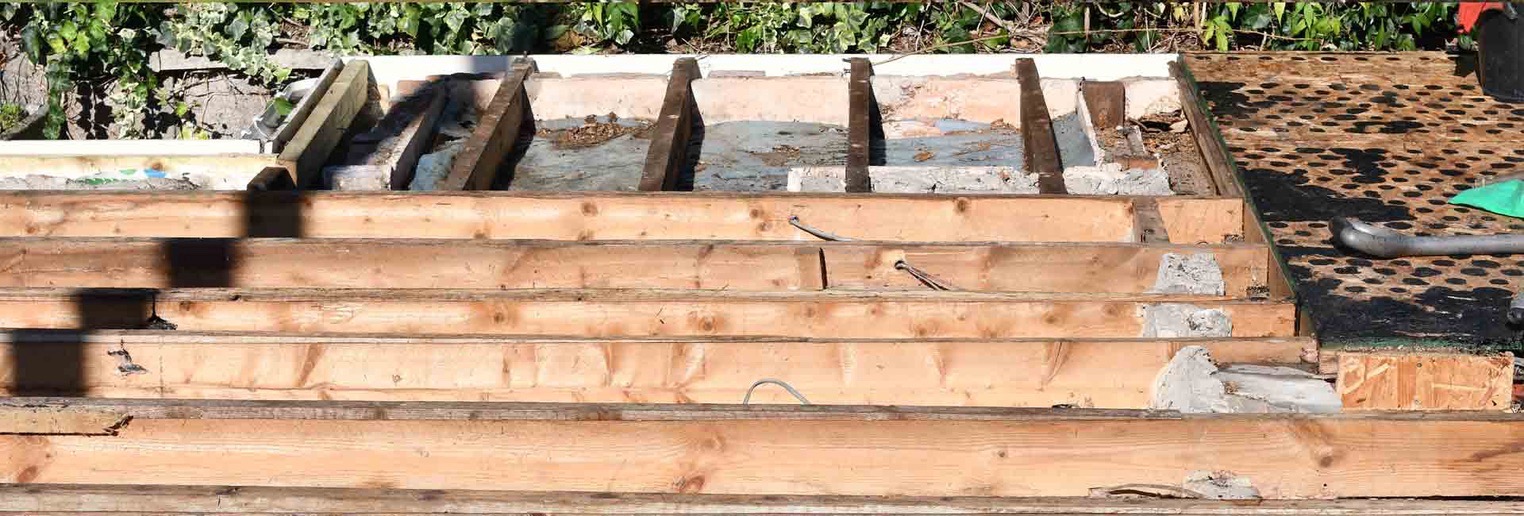
Victorian properties often fall prey to rats that exploit faulty or redundant drains.
Our next job takes us to a village just outside Bristol, where one customer had struggled to control rats in their flat roof for over a decade.
I can still remember walking in for the first time and being hit by the offensive smell of rat urine and faeces.
Smells can last for many years, so the rats are often the cheapest part of the problem to eliminate. The stench of rat activity never leaves a house quickly.
The history involved the client spending more than ten thousand on the problem! Sadly, this is not unique.
People spend a fortune on great advice, sincere advice, given by people with no real experience or expertise in rat control. Five pest control companies later, and it was our chance to shine.
Within twenty minutes of arrival, our CCTV drain inspection found the primary entry point - infestation solved - forever. The customer was thrilled.
We brought in our team of chosen specialists to remediate the roof, electrics, ceilings, and insulation. It was a complete job, a job to turn back the clock on the damage rats had caused for too many years.
One year later the roof is silent and the stench a distant memory.
Sometimes the cost of control seems high, but it's always cheaper than selling your home. Over 80% of those that we help inherited a rat problem when they bought their property - the previous owners could not solve the problem themselves - but we can!
Rat-Control - Case Study 3:
When Rat Poison Fails To Solve An Internal Rat Problem - What's Next?
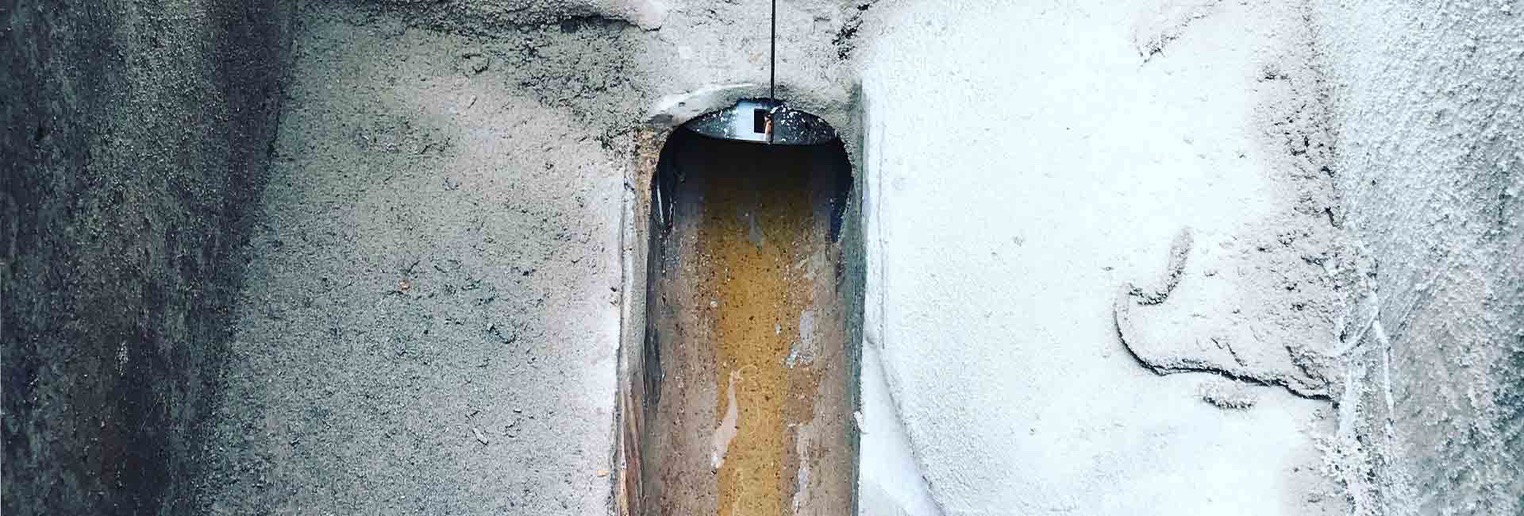
Many homes built before 1950 are likely to have an interceptor or syphon (siphon or syphon? syphon is the English spelling.) in the drains.
These were u-bends in the sewer pipes, just before they meet the sewer. They were introduced in the late 1800's to prevent disease as envisioned by the "miasmatic theory of disease".
The u-bend was thought to prevent rats and odours from reaching the properties and their occupants. Prevention was not always possible though.
We know rats can sometimes swim through syphons, u-bends and interceptors (virtually one in the same thing).
Modern pipework is now trapped, which means it has a u-bend. Think about your bath, shower or kitchen sink, they have a u-bend or trap under them. In Victorian times this was not the case.
So let's go back to the rat problems.
Many of our customers have drains beneath their Victorian or pre-1950's homes. Unfortunately, the syphons and the pipes feeding into them are often more than a century old, so frequently collapse.
The angle and depth (1.2 - 1.8M is typical!) make access and repair difficult, and digging deep holes can cost thousands!
But why dig a hole? Most drain cameras and no-dig repair equipment cannot be used in these drains without excavation because of inadequate access.
Victorian properties rarely had inspection chambers. Instead, they have a narrow shaft for rodding and cleaning.
Almost all properties we visit have laminate, tiled or hardwood floors that would potentially cost hundreds or thousands to remediate afterwards.
A significant limitation with drain cameras resides in the fact that they cannot usually to look up lateral branches (a pipe leading into the main run) off the primary run (the central section of pipe from the furthest connection of the house to the sewer).
If you can't see what's broken, a repair could inadvertently block an active sewer branch! A blocked pipe is terrible news, and you will almost certainly not be insured.
So what is the cheapest and most reliable method of preventing rat ingress in homes without internal excavation or pipe repair?
A speedy and easy solution in many cases is the introduction of a non-return valve or NRV.
These are fitted into inspection chambers and allow rats in your home to leave while simultaneously preventing rats from re-entering!
Properties without inspection chambers have the option of a small chamber to allow the installation of an NRV. Inspection chambers can be expensive to install, but they are an excellent addition to any properties that don't have them already.
One final thought. You cannot fit NRVs into inspection chambers that are shared by other properties because these chambers belong to the water authorities. You don't want a faulty NRV to end up blocking a sewer and then discover the water authority, insurers or neighbour are suing you.
Inspection chambers allow you to intercept your drains before the main-sewer and fit an NRV without compromising the integrity of the main-sewer.
It can be a legal and financial minefield trying to eliminate rats from your home. This is why we have become so specialised.
What happens if the NRV fails to solve the problem? In less than 5% of cases, the rats will be entering from adjoining properties through the roof, foundations or the fabric of the building.
In most situations, the only solution will be to move house or work with your neighbour to solve their rat problems. In our extensive experience, they will not be helpful or be prepared to pay for the investigations and repairs.
This is an all too common and unpleasant reality of living in Victorian terraced housing.
